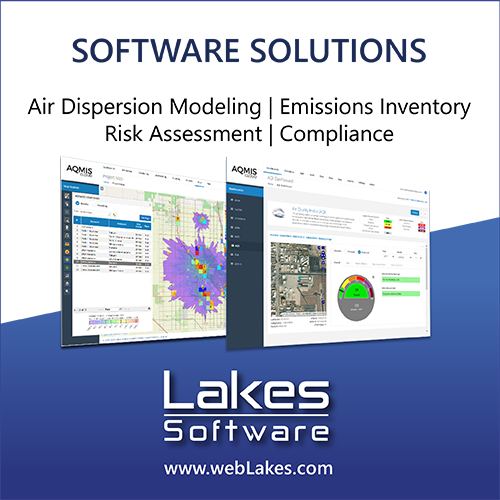A Nairobi experiment in using low cost air quality monitors
DOI:
https://doi.org/10.17159/2410-972X/2017/v27n2a6Abstract
Many African cities have growing air quality problems, but few have air quality monitoring systems in place. Low cost air quality sensors have the potential to bridge this data gap. This study describes the experimental deployment of six low cost air quality monitors consisting of an optical particle counter Alphasense OPC-N2 for measuring PM1, PM2.5 and PM10, and Alphasense A-series electrochemical (amperometric) gas sensors: NO2-A43F, SO2-A4, NO-A4 for measuring NO2, NO and SO2 in four schools, the United Nations Environment Program (UNEP) headquarters and a community center in Nairobi. The monitors were deployed on May 1 2016 and are still logging data. This paper analyses the data from May 1 2016 to Jan 11 2017. By examining the data produced by these sensors, we illustrate the strengths, as well as the technical limitations of using low cost sensors for monitoring air quality. We show that despite technical limitations, sensors can provide indicative measurements of air quality that are valuable to local communities. It was also found that such a sensor network can play an important role in engaging citizens by raising awareness about the importance of addressing poor air quality. We conclude that these sensors are clearly a potentially important complement but not a substitute for high quality and reliable air quality monitoring systems as problems of calibration, certification, quality control and reporting remain to be solved
Downloads
Downloads
Published
Issue
Section
License

All articles are published under a Creative Commons Attribution 4.0 International License; copyright is retained by the authors. Readers are welcome to reproduce, share and adapt the content without permission provided the source is attributed.








.png)